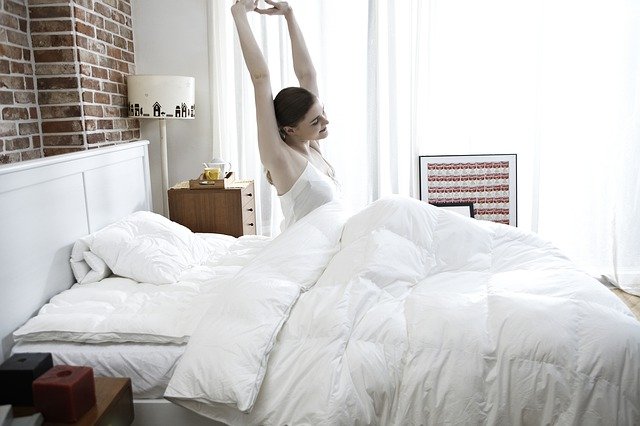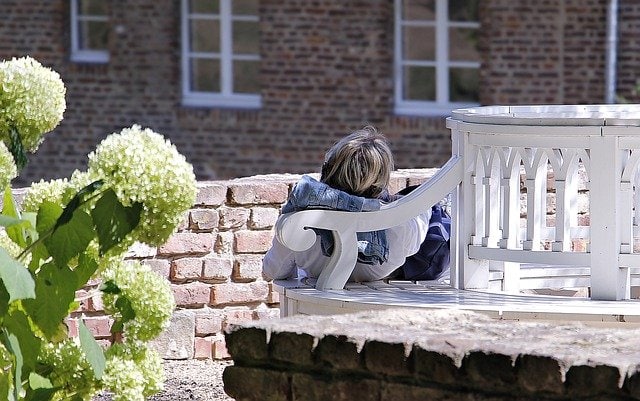Afternoon siesta, mid-day naps, power naps – afternoon slumbers have been called by many names. Maybe you’ve tried to take an afternoon nap and woken up feeling refreshed and ready to take on the world. But why do you sometimes wake up feeling like you’ve been thrown under the bus?
If you’re wondering whether it’s good to have a little snooze during the day, here’s the truth: it depends. A power nap can work magic on your energy levels and really perk up your day, but it can also leave you feeling groggy all evening and keep you tossing and turning in bed all night. In this article, we’re going to discuss power naps and the recommended power nap time.

What are power naps?
Power naps are very short sleep sessions during the day. They average power nap should be between 10 to 20 minutes. Many people scoff at the idea of such a short sleep but it has been shown to provide a lot of benefits.
The perfect power nap time is around 15 minutes. If you take a long time to fall asleep, add that into your nap time. A short fifteen minutes of sleep has been found to improve mental functioning, alertness, performance and reaction times. These effects last for about 3-4 hours after you wake up, which means the second half of your day will be just as energetic as the first half.

What if my power nap time is longer than that?
It’s easy to understand why power naps can have different results on you if you know the different sleep stages:
- The first stage of sleep is light sleep, when you’re just nodding off. This lasts about 5-15 minutes. During this time it is easy to wake you up and you’ll be alert upon awakening. You don’t usually dream during this stage.
- The next stage is deeper sleep as your body starts to slow down in preparation for deep sleep. Your breathing and heart rate become slower and your temperature drops. You might feel chilly and want a blanket during this time. This stage goes on for up to 25 minutes.
- After this you slip into deeper and REM (Rapid Eye Movement) sleep. This is when your body begins to repair and heal physically and brain activity increases. Because your brain is active, you are likely to have vivid dreams during this stage. It takes about 90 minutes to reach this stage after you fall asleep. It is hard to wake you up during this time and you’ll wake up disoriented and lethargic.
An ideal power nap time is fitted into the first stage. A short nap of 20 minutes is refreshing and energizing.
If you sleep for longer than that, you’ll notice reduced benefits. Try napping for up to 30-60 minutes and you may find boosted creativity and cognition, but you’ll wake up groggy and may have difficulty sleeping in the night.
If you take a nap of 60-90 minutes, you would have completed a full cycle so you’re unlikely to wake up groggy, but your sleep quality at night will definitely be impacted. Longer power nap time could also push your regular sleep pattern off balance.
How to plan perfect power naps

Power naps can make a huge difference to your productivity and energy levels. If you want create the ideal power nap for your lifestyle, here are some handy hacks:
- Stick to a consistent napping schedule and make sure you go to sleep and wake up at the same time every day.
- There should be a gap of about 6-8 hours between the time you wake up in the morning and the time you take a nap.
- Restrict power naps to no more than 20 minutes to get the most benefits and prevent sleep inertia
- Set up your sleep environment for comfort so that your nap quality is good. Sleep in a dark, cool and well-ventilated room.
- Empty your mind, breathe deeply and switch off your phone to fall asleep faster.
What are the benefits of power naps?

A short siesta can offer you incredible benefits such as:
- Prolonging your life
- Boosting energy and increase activity levels
- Making you look and feel younger
- Augmenting alertness
- Strengthening memory and learning capabilities
- Boosting creativity
- Supplementing motor skills and coordination
- Improving heart function
- Improving mental and emotional health
- Increasing resilience to stress
- Hormonal balance
- Increased cellular repair and regeneration
However these benefits come from a regular nap schedule and short power nap of no more than 20 minutes.
What is the ideal power nap time?
There is no perfect time frame; it all depends on your circadian rhythm and general sleep cycle. As a rule of thumb, you should only nap 6 hours after waking up and 4 hrs before bedtime. If you’re napping too close to wake-up time or bedtime, you’re allowing your naps to compromise your sleep quality.

This means that if you’re waking up between 6 to 8 am, you should take a power nap around 2 pm or later. The optimum time for a nap is between 1-3 pm. If you aim for a 20 minute nap during these hours, you can enjoy maximum mental and physical benefits without messing up your night.
If you prefer longer naps, aim for around 90 minutes to experience little to no grogginess upon waking up. Do this earlier in the day – around 1 pm – to avoid affecting your night sleep.
Are power naps for everyone?

While napping in the day seems like a good idea, it is not recommended for everyone. Napping can be counterproductive and detrimental to general wellbeing for those with the following conditions:
- Anyone who sleeps very lightly or has difficulty staying asleep at night
- Those with insomnia
- Older adults who are prone to long siestas of more than an hour.
If you’re having trouble sleeping, have you considered using sleep music? You might also be interested in our post on How to Fall Asleep Faster.
If you are unable to nap during the day, you can take a refreshing break by stopping by your closest meditation center, going for a walk, taking a shower, or doing some light stretching.



